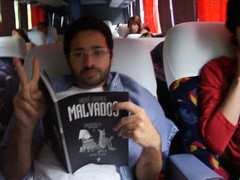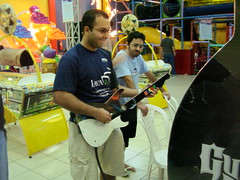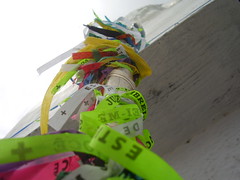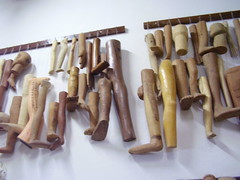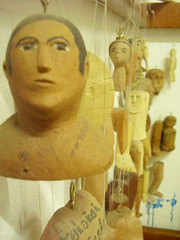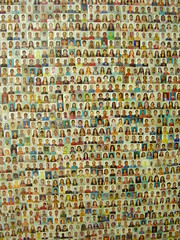This is a draft of study guide based on SCSNI (Sun Certified Specialist Netbeans IDE) exam objectives.
| Exam Objetive | Resources |
|---|---|
| Section 1: IDE Configuration | |
| 1.1 Demonstrate the ability to configure the functionality available in the IDE, including using enabling and disabling functionality and using the Plugin Manager. | |
| 1.2 Explain the purpose of the user directory and the netbeans.conf file and how these can be used to configure the IDE. | |
| 1.3 Demonstrate the ability to work with servers in the IDE, such as registering new server instances and stopping and starting servers. | |
| 1.4 Describe how to integrate external libraries in the IDE and use them in coding and debugging your project. | |
| 1.5 Demonstrate knowledge of working with databases in the IDE, including registering new database connections and tables running SQL scripts. | |
| 1.6 Describe how to integrate and use different versions of the JDK in the IDE for coding, debugging, and viewing Javadoc documentation. | – |
| Section 2: Project Setup | |
| 2.1 Describe the characteristics and uses of a free-form project. | – |
| 2.2 Demonstrate the ability to work with version control systems and the IDE. (Which VCS’s are available, which ones you need an external client for, how to pull sources out of a repository, view changes, and check them back in). | |
| 2.3 Describe the ways in which you can change the build process for a standard project, such as configuring project properties and modifying the project’s Ant build script. | – |
| 2.4 Configure your project to compile against and run on a specific version of the JDK. | – |
| Section 3: Java SE Development | |
| 3.1 Demonstrate the ability to create NetBeans projects from the source code of an existing Java SE program. | |
| 3.2 Describe how to manage the classpath of a Java SE project, including maintaining a separate classpath for compiling and debugging. | – |
| 3.3 Demonstrate the knowledge of the NetBeans GUI Builder and the ability to lay out and hook up basic forms using it. | |
| 3.4 Demonstrate the ability to package and distribute a built Java Desktop project for use by another user. | – |
| Section 4: Java EE Web Development | |
| 4.1 Describe how to create a NetBeans project from the source code of an existing Web application. | – |
| 4.2 Distinguish between a visual web application and web application. | |
| 4.3 Demonstrate knowledge of which web frameworks are available in NetBeans IDE and how they are added to and used in a web application. | |
| 4.4 Describe how to monitor HTTP requests when running a web application. | |
| 4.5 Demonstrate a knowledge of basic tasks related to building and deploying web applications to a server, such as changing the target server and undeploying an application. | |
| Section 5: Editing | |
| 5.1 Describe the purpose and uses of refactoring and demonstrate the ability to perform basic refactoring on Java source code. | |
| 5.2 Describe how to use the Options window to change the default appearance and behavior of the Source Editor. | – |
| 5.3 Describe the ways that the IDE highlights errors in source code and the tools the IDE offers for correcting those errors. | – |
| 5.4 Demonstrate the ability to use editor hints, such as implementing all the methods for an implemented interface | – |
| 5.5 Demonstrate the ability to use live code templates such as automatic generation of constructors, try/catch loops, and getters and setters. | – |
| Section 6: Testing, Profiling, and Debugging | |
| 6.1 Demonstrate the ability to work with JUnit tests in the IDE, such as creating JUnit tests and interpreting JUnit test output. | |
| 6.2 Describe how to debug a local (desktop) application, including setting breakpoints and stepping through code. | |
| 6.3 Describe the difference between local and remote debugging and describe how to debug a remote (web) application. | – |
| 6.4 Describe the purpose of profiling applications and how to profile a local desktop application in the IDE. | |
More useful resources:
- SCSNI Study Group from Wagner R. Santos. GREAT work!
- NetBeans Docs & Support. Home of best NetBeans documentation.
- Netbeans IDE Certification Exam Study Guide. A list of resources for SCSNI at NetBeans Wiki.
- NetBeans Screencasts. Just watching some of them (about 10 minutes each) can grantee you a lot of question in your exam.
Please, collaborate in the comments with others resource links (with section number). Let’s complete this guide.





















